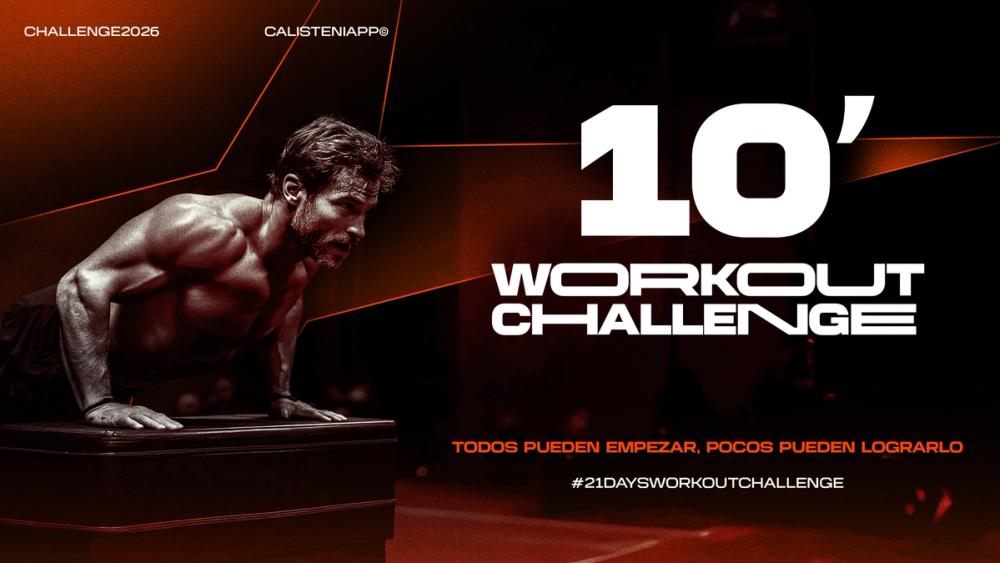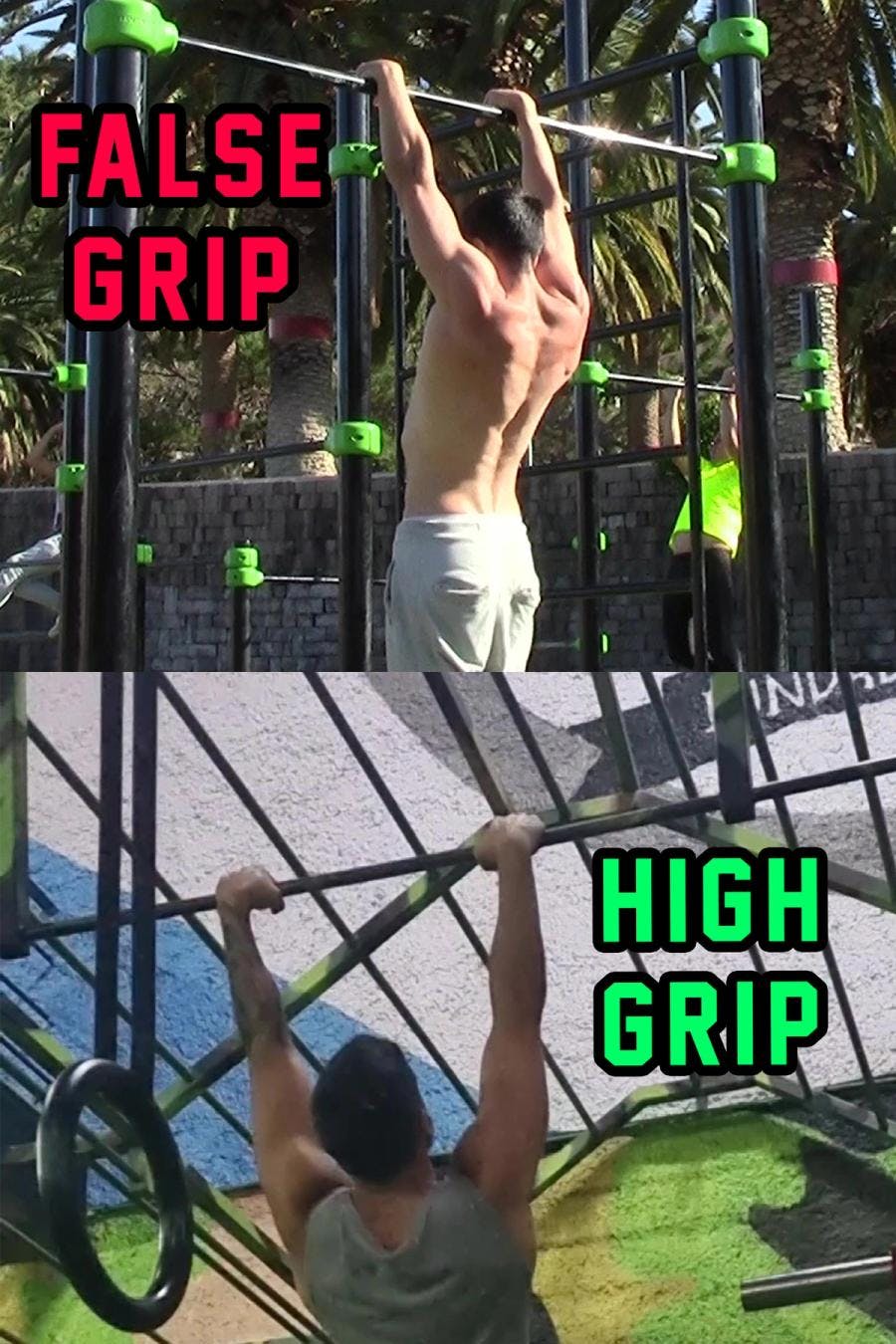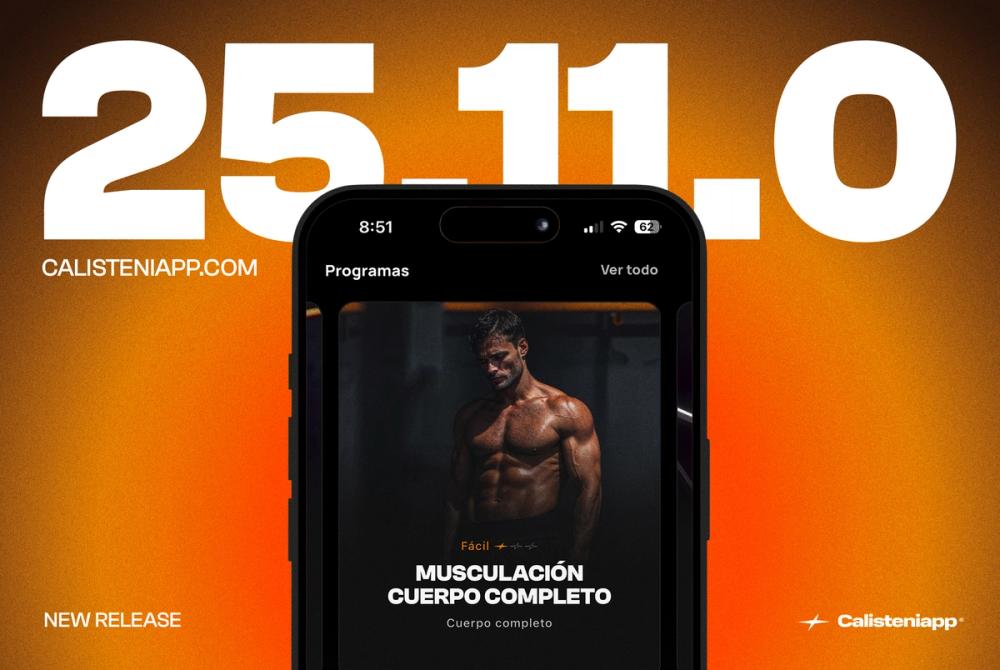
Calisteniapp 10' Workout Challenge
Start training or give your routines a boost with this 21-day Calisthenics challenge for all levels that will put your discipline to the test.

In today's article we are going to look at the main weighted calisthenics exercises and some technical aspects of their execution.
First of all, we have weighted pull-ups. You can do them with a prone grip or a supine grip (chin up). Remember to do the full range, with your arms fully extended and until your chin clearly passes the height of the bar.
Remember that when we say “arms fully extended,” we are not saying “arms almost fully extended, but slightly bent,” we are saying “arms fully extended with elbows locked.” Keep this in mind, because it is a fairly common mistake in the world of calisthenics.
Also, try not to bend your knees and avoid swinging, inertia or impulses.
Finally, in calisthenics we usually avoid crossing our legs, but this is more a question of aesthetics and practicality for other advanced progressions.

Let's start with weighted dips, where the elbow flexion must be such that the back of the shoulder is lower than the elbow. To be more technical, we could say that the posterior deltoid must be below the height of the elbow.
Regarding hip flexion, depending on the rules or the competition, it is managed in one way or another. But, in general, a certain amount of hip flexion is allowed. For example, in the Spanish rules, a hip flexion is allowed such that the trunk is at a 45º angle with respect to the ground. In other rules, it is checked that the weight moves, specifically goes down, during the arm flexion.
Obviously, to complete a valid repetition, the arms must be fully extended, until the elbows lock.

And finally, the weighted muscle up. For it to be considered strict, you must take the following points into account:
Here you can see the difference between high grip and false grip:


If you want examples of routines with these exercises, you have them here.
I hope it helps you a lot,

Yerai Alonso
Cofundador de Calisteniapp, referente en calistenia y el street workout en Español. Con más de una década de experiencia, es creador de uno de los canales de YouTube más influyentes del sector. Autor del libro La calle es tu gimnasio, campeón de Canarias y jurado en competiciones nacionales e internacionales.
Join our newsletter
Learn everything you need to know about calisthenics

Start training or give your routines a boost with this 21-day Calisthenics challenge for all levels that will put your discipline to the test.

Calisteniapp is a symbol that represents our obsession with excellence, our essence, and the path we want to define for the next ten years.

Descubre los mejores ejercicios de antebrazo para calistenia. Mejora fuerza, agarre y control corporal con entrenamientos efectivos sin pesas.
